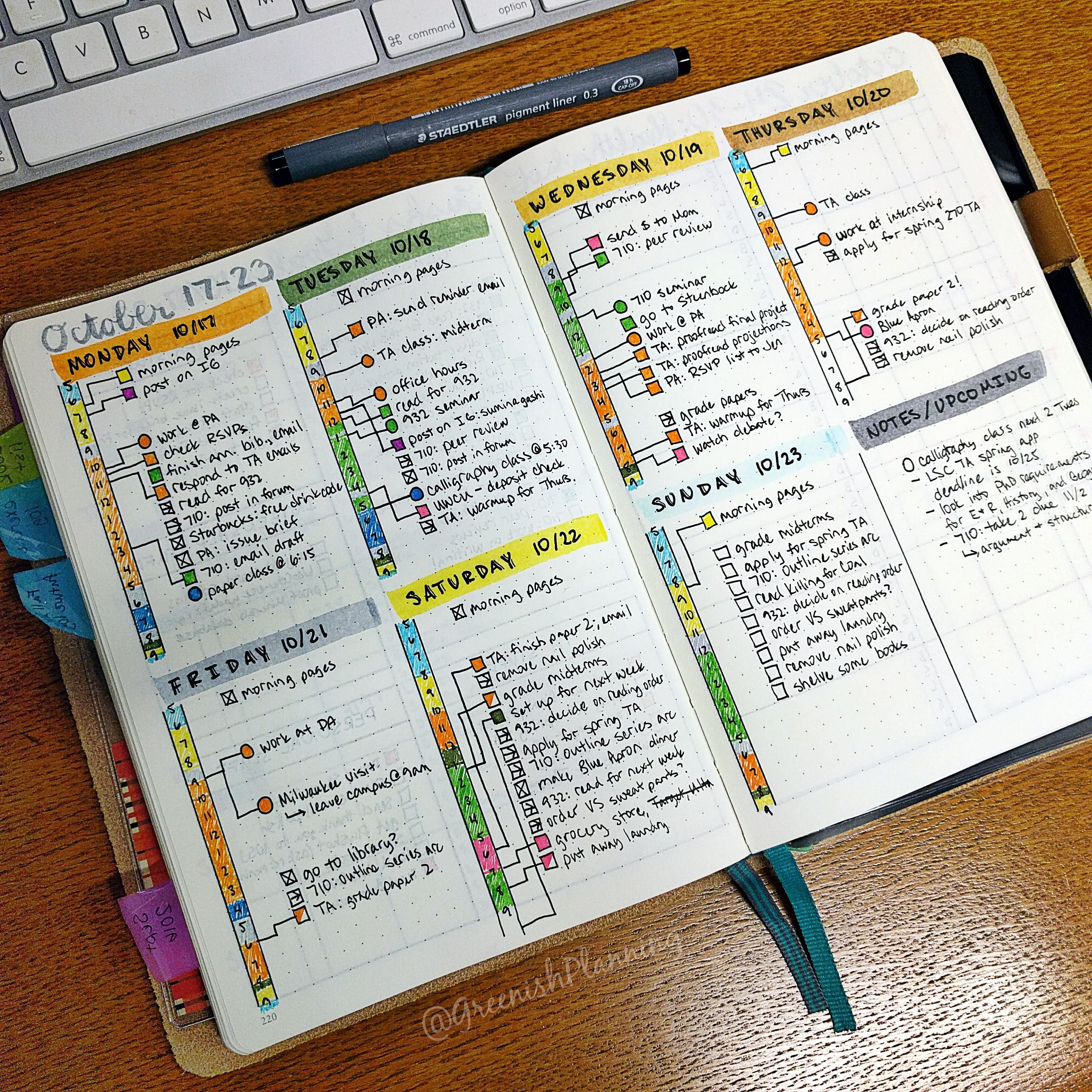Are you a serial people-pleaser? Do you say yes to every favor and request even when you are screaming “no!” internally? Do you over commit to events until your calendar is a minefield of stress? And, put everyone else’s needs before your own out of guilt and anxiety about letting people down?
If you said “yes” to any of the questions above, don’t worry, you are not alone! I’ve been there before but I made it out and I’m here to tell you what I’ve learned!
Setting healthy boundaries is an important part of self-care, but it’s not always easy. While being generous and accommodating is admirable, it is important to set healthy boundaries to protect your emotional, physical, and mental well-being. Saying “no” can be challenging, especially when it involves family, friends, or colleagues at work and when you don’t want to disappoint others or are afraid of conflict or rejection. However, not establishing boundaries can lead to burnout, resentment, and enabling unhealthy behaviors.
So let me present to you some handy-dandy step-by-step tips for implementing healthy boundaries in your life today:
Step 1: Know Yourself & Your Needs
Before you can start saying no, you need to get clear on your needs, priorities, and limits. Take some time to reflect on the following questions:
- What makes you feel energized vs. drained? What tends to be your warning signs of overwhelm?
- Which commitments and obligations feel nourishing and which feel depleting?
- What are your top priorities in terms of your time, energy, and mental space?
- What are your signs of overwhelm? Do you procrastinate, get irritable, or have trouble sleeping?
- How much time do you need for rest, alone time, and self-care to function at your best?
Get to know your own limits well. Tune into your feelings and physical signs when you’ve taken on too much. Knowing your boundaries will make it easier to uphold them!
Step 2: Take the Necessary Time to Decide
When someone asks you to do something and you feel uncertain, don’t feel pressured to respond on the spot. Use phrases like:
- “Let me check my schedule and get back to you.”
- “Would it be okay if I took some time to think it over?”
- “Can I let you know next week?”
Giving yourself time prevents you from making hasty decisions that overextend you. It also allows you to consult your priorities list above before committing.
Gentle Reminder: Communication is key. People, unfortunately, don’t see all the things on your metaphorical plate – so let them know and ask questions! Ex. “Hey, I would love to work on (task) currently I was prioritizing (a,b,c) would like me to make this a high priority, or can it wait until (estimated availability?)
Step 3: Practice Saying No (Small Steps Are Still Steps)
The actual act of saying “no” can feel very uncomfortable, especially if you are not used to establishing boundaries. Practice saying no in low-stakes situations to build up your confidence.
For example, the next time a store employee offers you a receipt you don’t want and will most likely shove deep down in your bag or pocket, politely decline. Or if a friend invites you to an event you’re not interested in attending because you would rather lay around at home, try saying you’ll pass this time. The more you practice, the easier it will get – you can do this alone, with strangers, or with a trusted friend/family member.
Step 4: Say No with Compassion
When you decline a request, do so with empathy and compassion. Start with an appreciation for the person and why they asked. For example, “Thank you so much for thinking of me. I’m honored you would ask.” Then explain your reason for saying no – whether you don’t have the capacity or it doesn’t fit in with your current priorities. End by expressing care and confidence in them. For example, “You’re very talented, I know you’ll do great on your own.” or “I’m looking forward to catching up once things slow down” or “I’m happy to help you brainstorm other options.” Being caring reduces the chances of hurt feelings.
Step 5: Propose Alternatives
Where appropriate, offer alternative solutions. Could you do a smaller part of the task or commit for a shorter time period? ex. “I can’t take on another project right now, but I’m happy to provide feedback on your proposal.” Providing options demonstrates you care about the person and their needs, you just can’t meet the original request.
Step 6: Don’t Apologize or Over-Explain
Resist the urge to excessively apologize or justify your decision when saying no. State your decline of the request simply and directly. Avoid vague excuses that leave room for negotiation. Lengthy explanations also inadvertently convey guilt and encourage the other person to try convincing you. Saying no gets easier with practice. While establishing boundaries, remember your needs and well-being deserve priority too. Say no with purpose, clarity, and compassion – both for others and yourself!
Gentle Reminder: “No” is a complete sentence. You are not required to explain every no. “No” on its own is justification enough.
Step 7: Reflect on Progress
Change takes time. Reflect on what went well and where you still struggled after starting to set boundaries. Adjust your approach accordingly. If saying no to a close friend is still hard, practice more casual conversations with strangers or acquaintances first. Setting boundaries takes practice, but it is crucial for your health and relationships. Don’t be afraid to take care of yourself first. The people who care about you will understand and respect your needs!
Gentle Reminder: Thank you for taking the time to listen to what I have to say. You’re doing so amazing and I’m so proud of you! <3
I believe in you – you are capable of great things – good luck!!
Mal Ashraf | She/Her | Student Circulation Specialist
Resources from our Life Skills Section:
- Communicate better with everyone – (Call Number: HM1166 .C6525 202)
Communicate better with everyone. (2021). Harvard Business Review Press.
- The subtle art of not giving a fuck : a counterintuitive approach to living a good life – (Call Number: BJ1589 .M259 2016)
Manson, M. (2016). The subtle art of not giving a fuck : a counterintuitive approach to living a good life (First edition.). HarperOne.
- Not Nice: Stop People Pleasing, Staying Silent, & Feeling Guilty… And Start Speaking Up, Saying No, Asking Boldly, And Unapologetically Being Yourself – (Call Number: BF575.A85 G39 2017)
Gazipura, A. (2017). Not nice : stop people pleasing, staying silent, & feeling guilty … and start speaking up, saying no, asking boldly, and unapologetically being yourself. B.C. Allen Publishing & Tonic Books.
Additional Helpful Articles:
How to Set Boundaries: 5 Ways to Draw the Line Politely
Healthy vs. Unhealthy Boundaries
14 Ways To Practice Self-Care at Work (And Why It Matters)
Learning to Say No: Six Methods You Can Use








